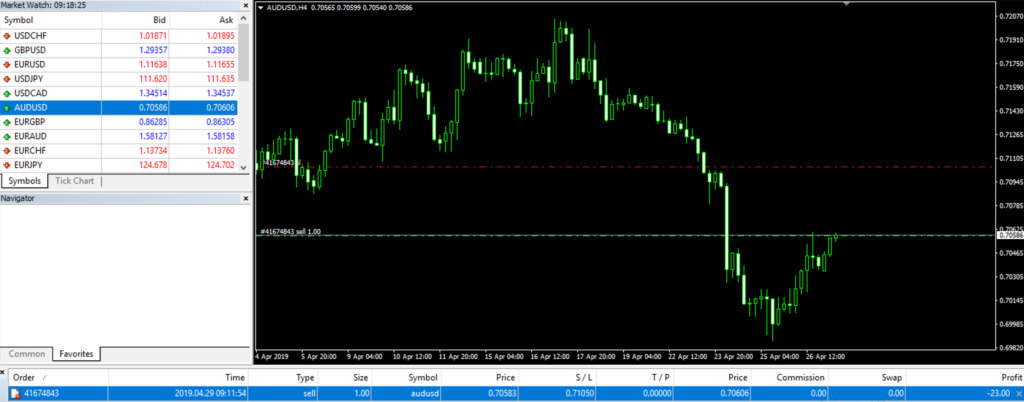Placing The Proper Stop Loss
Everything about Placing SL to Avoid False Trigger

The proper way of placing a stop-loss can avoid your trade closing earlier. Placing a safe stop loss and profit target is a nice weapon in forex trading. A risk-aware forex trader should use stop-loss in every trade. Many traders make the mistake of placing the correct Stop-Loss.
What is a Stop Loss and how does it work?
A stop loss is an order that you give your broker to “stop losses” (“stop-loss”) after a certain point. The golden rule of forex trading speculation is to always keep risk under control. To do this, you have to know how much you are willing to lose before you buy or sell currency. Once you know or decide on that value, you will give an order to your terminal to open the position.
Are You Able to Set SL Correctly to Avoid False Triggered?
Sometimes you may notice your trade hit your stop loss early and make you out from the trade through the chart price does not reach the stop-loss price. This is due to the Ask price and the spread.
You may know about the BID and ASK prices in forex trading. The Bid price is the price that the market offers to the seller to sell a currency pair. The Ask Price is the price that the market offer to the buyer to buy a currency pair. The difference between the Bid and Ask price is the spread. Due to this difference sometimes a Seller may get the SL triggered earlier than the chart price reached to the place SL price. When you see you got out from the trade by falsely triggering your Stop loss then back to the positive zone, but you can’t enjoy the Profit, this makes you so disappointed. For this reason, traders should know how to place the proper stop loss to avoid such a situation.
How to Calculate The Correct Stop Loss
Wherever you trade if you know how to place proper stop loss you can be benefited. False SL triggered can create problems mostly on a selling trade for the large spread broker. To avoid this problem we should use the bid price to place SL. The bid price is the original price that shows on the chart and the trade is counted TP/SL hit based on the original chart price. The ask price is larger than the bid price depending on the spread.

As you can see in the above picture the difference between Bid and Ask price is 2 pips. The Bid price is 0.70586 due to the spread of the Ask price is 0.70606. The Ask price is 2 pips ahead of the Bid price.
In this case, if you are a seller of the pair the Ask Price will come into play and it will be considered to trigger your stop loss and take profit. So It will reach the Stop Loss before the Chart/Bid price has reached that triggered your Stop Loss and make you out from the market. Sometimes you may see the market go back to the positive direction after hitting your stop loss but you are not able to enjoy the profit because you got out from the trade because of early hitting your stop loss. To avoid spread widening by the broker or falsely triggering Stop Loss you need to add 2 pips with your SL. Suppose your SL is 0.70563, you need to 2 pips more with that price and your stop loss will be 0.70583. Our Forex Signal Subscribers get a free PDF ebook to manage a trade that can help.
In this case, if you are a buyer you can use the chart for your Stop Loss and Take Profit because this time Bid price/chart price will be considered for the Stop Loss and Take Profit.
If your broker’s spread is variable then add the highest possible spread with the Stop Loss of the concerned pair.
Similar Article:
1. Discipline in Forex Trading [5 Best Practices]
2. What is Forex Trading?